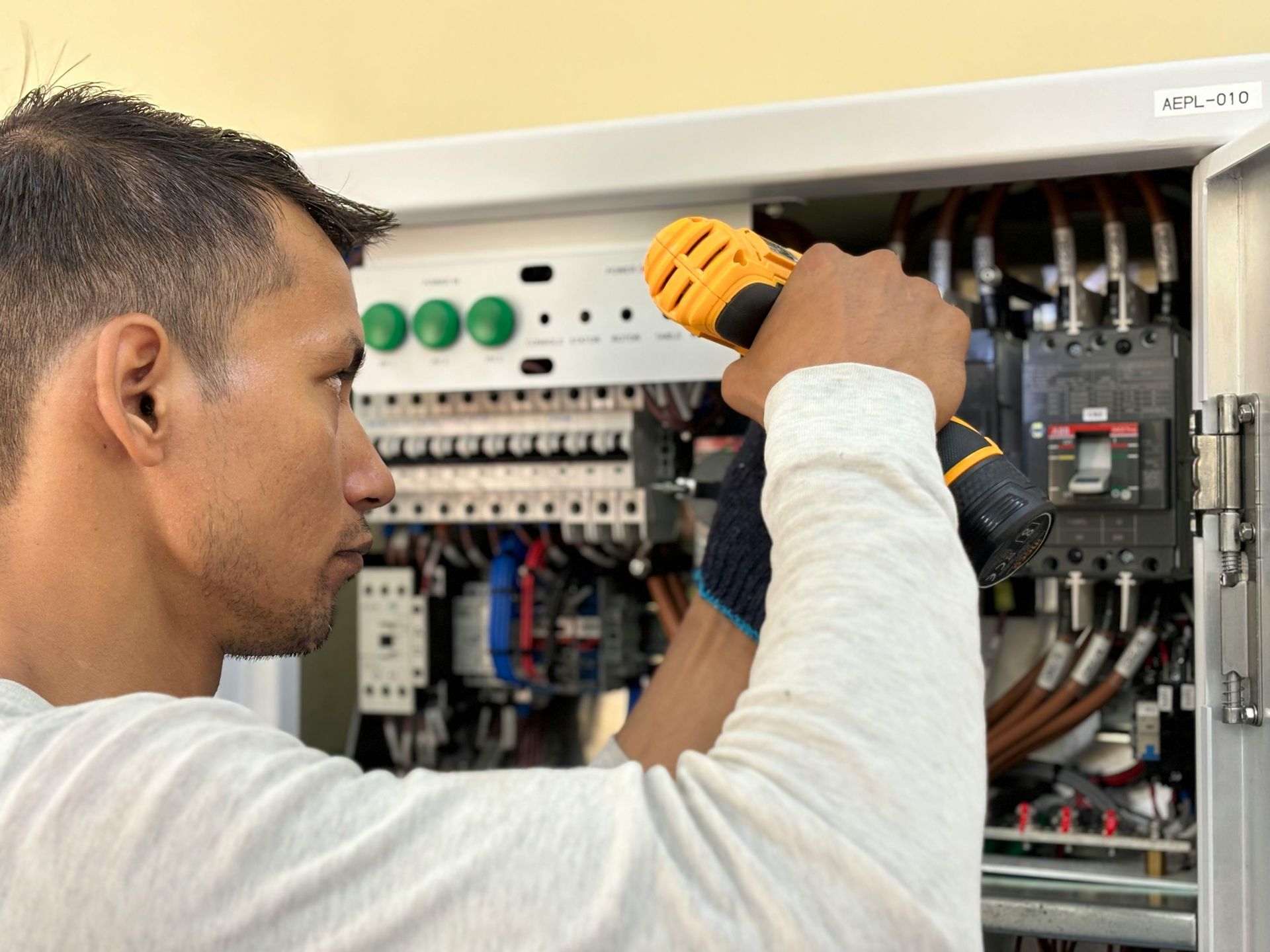Choosing the best generator for your food truck is a crucial step in building a reliable, mobile food business. Generators are essential for powering appliances, lighting, and other equipment, especially since most jurisdictions require food trucks to be self-sufficient to pass their health inspection. This guide will help you determine your power needs, understand different types of generators, and share some popular choices.
Determining Your Food Truck's Power Needs
To ensure you choose a generator that matches your truck's requirements, you need to know how much power each piece of equipment uses. Here’s how to calculate and understand your power needs:
Step 2: List All Essential Equipment
Start by listing everything in your truck that will need power. Common appliances include:
- Refrigerators and freezers
- Ovens and grills
- Deep fryers
- Blenders and mixers
- Air conditioning or fans
- Lighting
Step 3: Calculate Each Appliance's Power Requirements
Each appliance will have a specific wattage requirement, typically listed in its manual or on the appliance itself. If an appliance lists its requirements in amps instead of watts, use this formula to convert it:
Watts = Volts x Amps
For example, if an appliance requires 15 amps and your truck has a 120-volt system (most common in the U.S.), that appliance would need 1,800 watts (120V * 15A).
Step 4: Add a Buffer for Safety
Once you’ve calculated the total power requirements, add a buffer of about 20-25% to ensure your generator isn’t overworked. This extra power allows for any unexpected needs or surges.
Step 5: Determine Continuous vs. Surge Power
Certain equipment, like refrigerators, requires more power to start than to continue running. Check the continuous (running) and surge (starting) wattage for each appliance, and ensure your generator can handle the surge requirements.
Differences in Generators
With your power needs in mind, you’ll need to choose the right generator type for your food truck. Here are the primary types of generators to consider:
1. Inverter Generators (most common)
Pros: These generators are known for their quiet operation ( a requirement for some events and parking locations) and energy efficiency. They provide stable, clean power, which is ideal for sensitive equipment, including some food truck electronics.
Cons: Inverter generators tend to be more expensive, and they may not produce as much power as conventional models.
2. Conventional Portable Generators
Pros: Portable generators generally offer high power output and tend to be more affordable than inverter generators. They’re suitable for trucks with high power demands.
Cons: These models are often louder and may not offer as stable a power supply, which can affect certain sensitive equipment.
3. Dual-Fuel Generators
Pros: Dual-fuel generators can run on both gasoline and propane, giving you flexibility and the ability to switch fuel sources if one runs out.
Cons: While versatile, they can be larger and heavier, which might be a consideration if space and weight are tight on your truck.
4. Diesel Generators
Pros: Diesel generators are reliable, fuel-efficient, and durable, making them a popular choice for heavy-duty applications. They typically last longer than gasoline generators.
Cons: They tend to be bulkier and more expensive upfront.
Recommended Generators for Food Trucks
Now that you know your power needs and generator types, here are some popular models that cater to the demands of food trucks:
1. Honda EU7000iS Inverter Generator
Power Output: 7,000 watts (surge), 5,500 watts (continuous)
Fuel Type: Gasoline
Features: Quiet operation, fuel efficiency, and reliable power output make this a top choice for food trucks. The Honda EU7000iS is an inverter generator, so it’s ideal if you need stable power for sensitive electronics.
Considerations: Although it’s pricier, its efficiency and durability make it a worthwhile investment.
2. Westinghouse WGen7500DF Dual Fuel Portable Generator
Power Output: 9,500 watts (surge), 7,500 watts (continuous)
Fuel Type: Gasoline and Propane
Features: This generator’s dual-fuel capability allows you to switch between gasoline and propane, offering flexibility in fuel options. It’s portable and reasonably priced, providing ample power for medium-sized food trucks.
Considerations: This generator is slightly heavier, so ensure you have enough space and that you’re comfortable moving it around.
3. DuroMax XP12000EH Dual Fuel Portable Generator
Power Output: 12,000 watts (surge), 9,500 watts (continuous)
Fuel Type: Gasoline and Propane
Features: Known as the "Beast," this model can power an entire food truck setup with ease. It’s dual-fuel, rugged, and designed for heavy-duty use, making it suitable for trucks with large power requirements.
Considerations: It’s larger and can be a bit noisy, so consider this if you operate in noise-restricted areas.
4. Predator 9500-Watt Inverter Generator (This is what we currently run)
Power Output: 9,500 watts (surge), 7,600 watts (continuous)
Fuel Type: Gasoline
Features: Quiet operation, fuel efficiency, and reliable power output make this a top choice for food trucks, and maintenance has been a breeze for us so far. You can pick it up from any Harbor Fright location.
Considerations: Depending on your needs it might not be enough as you grow.
5. Generac GP8000E Gas-Powered Generator
Power Output: 10,000 watts (surge), 8,000 watts (continuous)
Fuel Type: Gasoline
Features: Generac generators are known for durability and easy maintenance. The GP8000E offers high power output and electric start, making it a dependable choice.
Considerations: It’s on the louder side but is an affordable option for larger setups.
Generator Cages
Something you should consider when looking at generators is the sheer size of the things. They're expensive and tough to lug around so consider what kind of cage you want to put on it to secure your investment.
A local welding shop can help you determine the best dimensions for your truck or trailer. While not the most important thing to keep in mind while shopping for a generator it would be unfortunate to buy one and it doesn't fit on your rack or needs a custom cage built, especially if you're just starting out.
Whether you opt for a quiet inverter generator or a powerful dual-fuel model, investing in a high-quality generator will ensure your food truck can operate reliably, keeping your business running smoothly and your customers satisfied.







